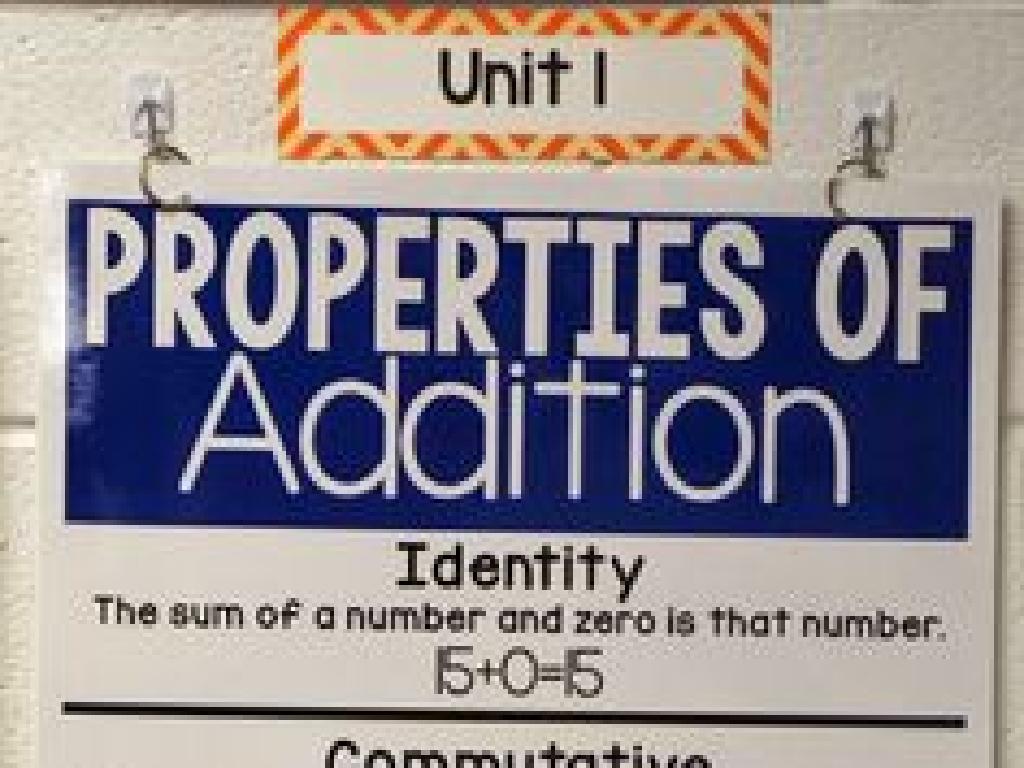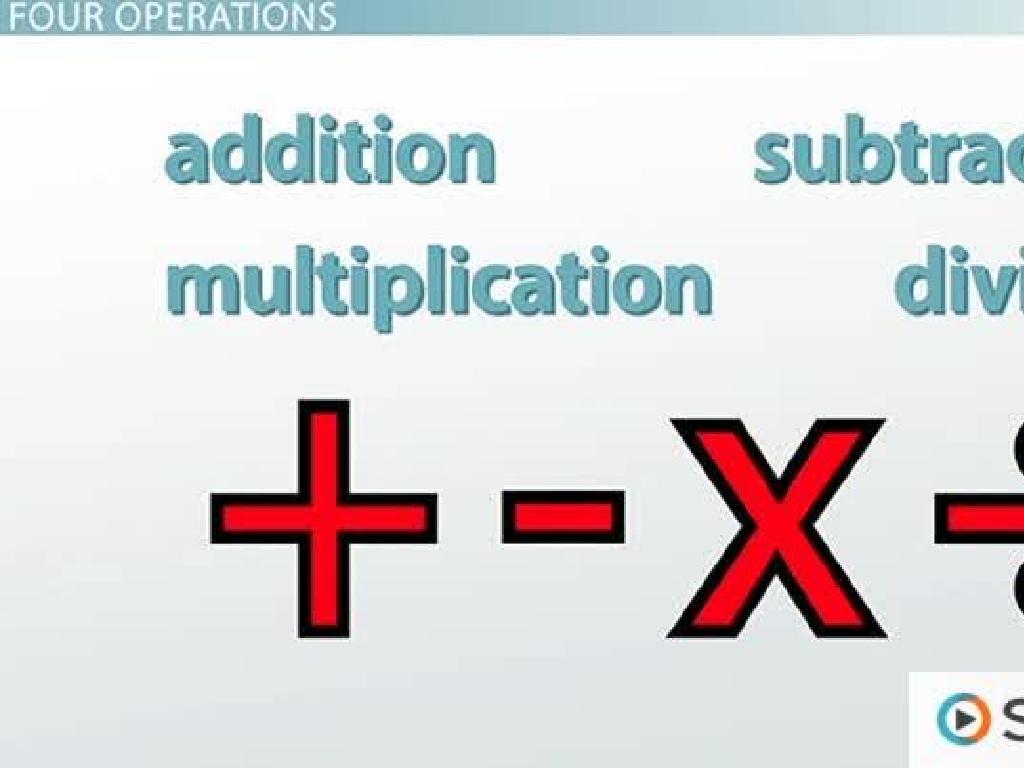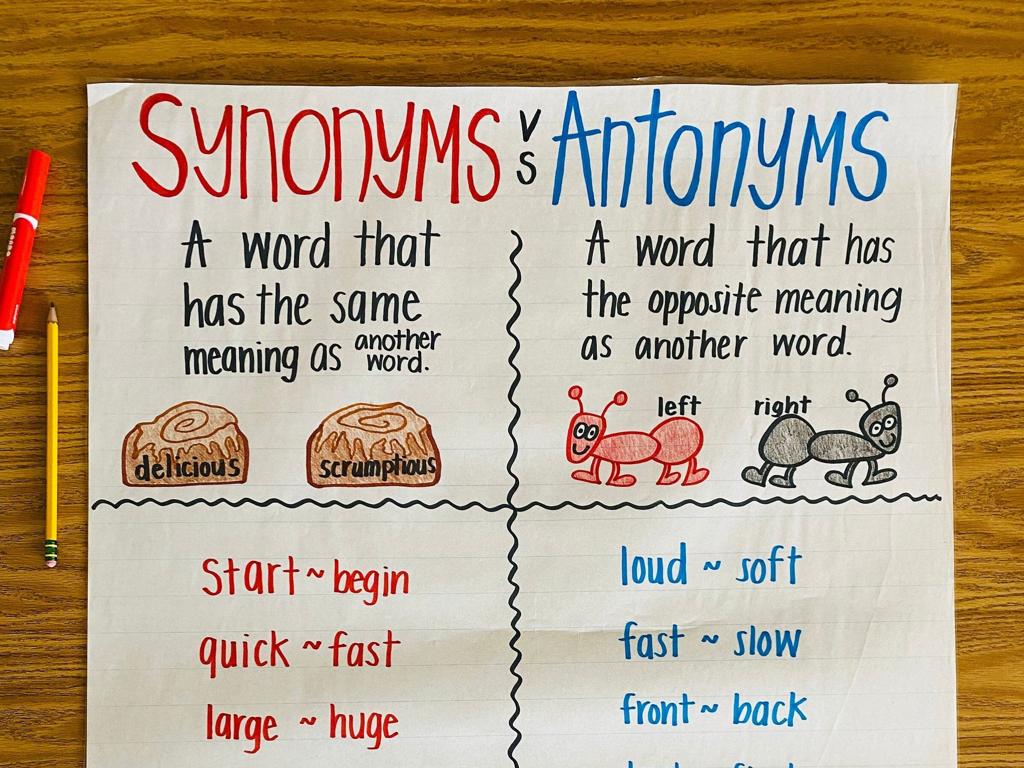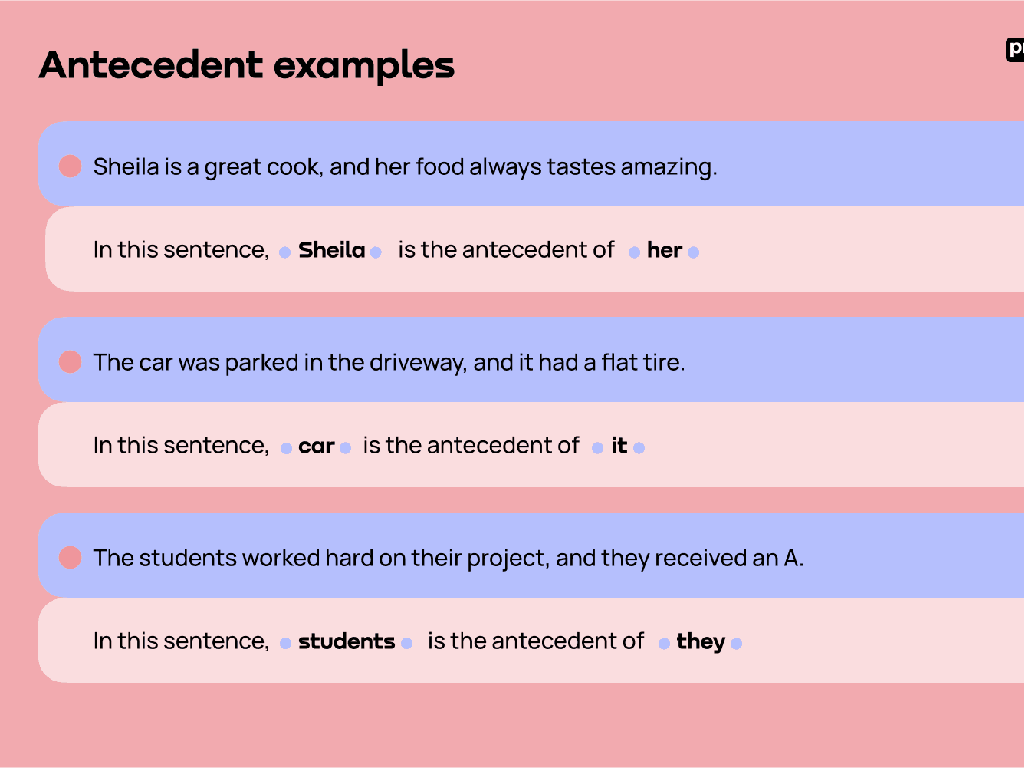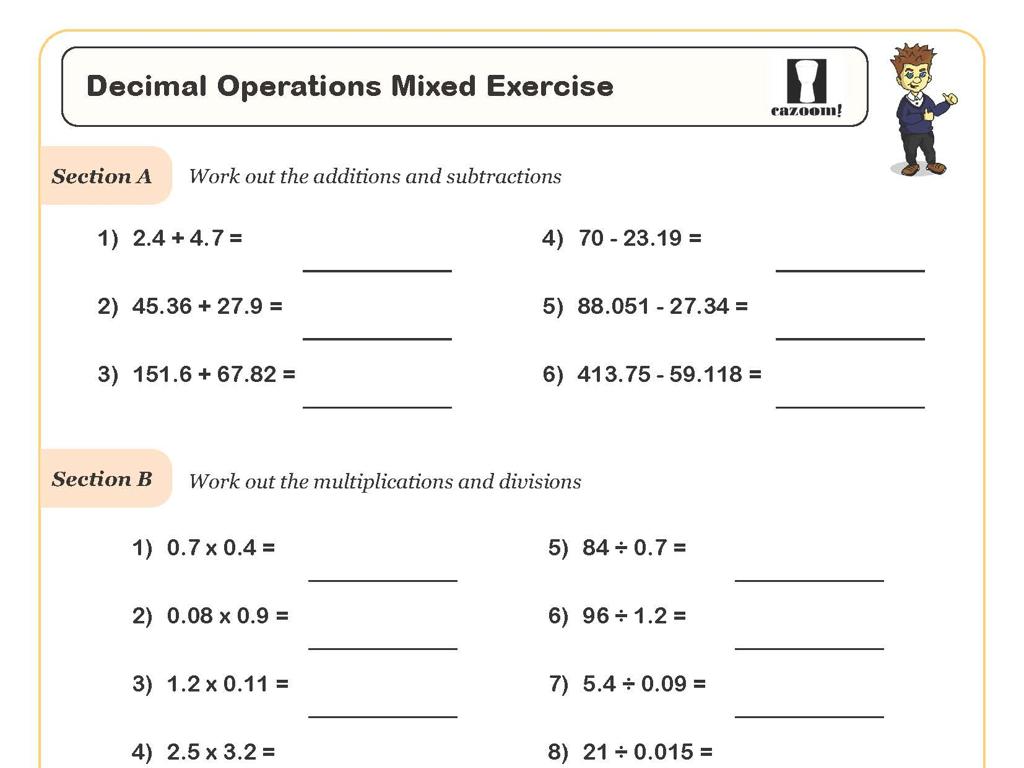Taxes And Tax Forms
Subject: Life skills
Grade: High school
Topic: Financial Literacy
Please LOG IN to download the presentation. Access is available to registered users only.
View More Content
Introduction to Taxes: Their Role and Types
– Purpose of taxes in society
– Taxes fund public services and infrastructure.
– Various taxes: Income, Sales, Property
– Income tax is based on earnings, sales tax on purchases, property tax on real estate ownership.
– Necessity of tax education
– Understanding taxes is key for financial responsibility.
– Impact on personal finance
|
This slide introduces students to the concept of taxes and their importance in society. It explains that taxes are essential for funding public services such as education, healthcare, and infrastructure. The slide also covers the different types of taxes individuals may encounter, including income, sales, and property taxes. Emphasize the importance of tax education as a critical life skill that impacts personal finance and civic responsibility. Encourage students to think about how taxes affect their daily lives and the services they use. Provide examples such as the taxes deducted from a paycheck or added to the cost of new clothes. This foundational knowledge sets the stage for more in-depth discussions on how to manage and file taxes.
The History of Taxes in the U.S.
– Overview of U.S. tax history
– Taxes have evolved since the founding of America.
– Taxes’ impact on government and society
– Tax policies have funded public services and shaped our nation.
– The Boston Tea Party as tax protest
– In 1773, colonists protested against the Tea Act, symbolizing the fight against unfair taxation.
– Understanding historical tax resistance
|
This slide aims to provide students with a foundational understanding of the history of taxes in the United States and how they have influenced the development of our government and society. Begin with a brief overview of tax history, highlighting key changes over time. Discuss how tax revenue supports public services and infrastructure, playing a crucial role in society. Use the Boston Tea Party as a concrete historical example of tax protest, illustrating how taxation issues can lead to significant political action and change. Encourage students to think about how historical events have shaped current tax policies and the importance of understanding the rationale behind taxation.
Income Taxes and Employment
– Gross vs. Net Income on paychecks
– Gross income is your total earnings; net income is what you take home after deductions.
– Decoding the W-2 Tax Form
– W-2 forms show the income earned and taxes withheld by your employer.
– Other essential tax forms: W-4, 1099
– W-4 determines tax withholding; 1099 reports non-employment income.
– Importance of understanding tax documents
|
This slide aims to educate high school students on the basics of income taxes as they relate to employment. Begin by explaining the difference between gross income (total earnings before any deductions) and net income (the amount received after taxes and other deductions). Introduce the W-2 form, which is crucial for filing taxes as it reflects the annual income and taxes withheld by an employer. Discuss the purpose of the W-4 form, which is used to determine the amount of federal income tax to withhold from an employee’s paycheck, and the 1099 form, which reports income from sources other than a job, such as freelance work. Emphasize the importance of understanding these documents for personal financial literacy. Provide examples of each form and simulate how to read them. Encourage students to ask questions about their future paychecks and tax responsibilities.
Filing Taxes: Understanding the Basics
– Steps to file taxes
– Gather documents, fill out forms, submit before deadline.
– Standard vs. Itemized Deductions
– Standard deduction simplifies process, itemized may lower tax bill.
– Tax credits and benefits
– Credits reduce tax owed, like for education or energy savings.
– Filing taxes responsibly
|
This slide aims to demystify the process of filing taxes for high school students. Begin by outlining the steps to file taxes, emphasizing the importance of organization and meeting deadlines. Explain the difference between standard and itemized deductions, highlighting that while the standard deduction is easier, itemizing can sometimes lead to greater savings. Discuss tax credits, ensuring students understand they directly reduce the amount of tax owed and can be very beneficial. Use examples relevant to their age group, such as credits for college expenses. Encourage responsible tax filing as a civic duty and an essential life skill.
Tax Forms Deep Dive: The 1040 Explained
– Understanding the 1040 form
– The 1040 is the standard IRS form for individual tax filing.
– Reporting income on 1040
– Include wages, salaries, and tips on your 1040 form.
– Calculating deductions
– Deductions reduce taxable income, like charitable donations.
– Determining tax liability
– Tax liability is the total tax you owe for the year.
|
This slide aims to demystify the 1040 tax form for high school students, providing them with a foundational understanding of individual tax filing. Begin by explaining the purpose of the 1040 form and its role in the tax system. Move on to discuss the different types of income that must be reported, such as wages and tips. Highlight the importance of deductions, giving examples like student loan interest or charitable contributions, and how they can lower the overall taxable income. Finally, explain how to calculate tax liability based on the taxable income and the applicable tax rates. Use common tax scenarios to illustrate these concepts, such as a part-time job or a summer internship, to make the information relatable and easier to grasp.
State and Local Taxes Overview
– Difference from federal taxes
– State/local taxes fund community services, unlike federal taxes for national budget.
– State tax form examples
– For instance, California uses form 540, while New York uses form IT-201.
– Know your local tax duties
– Understanding local taxes avoids penalties and ensures community support.
– Impact on personal finance
|
This slide aims to explain the distinctions between state and local taxes compared to federal taxes. Highlight that state and local taxes are used to fund services such as schools, police, and local infrastructure, which directly affect students’ communities. Provide examples of state tax forms to familiarize students with the documents they may encounter. Emphasize the importance of being aware of local tax obligations to avoid legal issues and to contribute to the functioning of their local community. Discuss how these taxes can influence personal financial planning and the overall economic health of their area.
Avoiding Common Tax Mistakes
– Recognize common tax-filing errors
– Errors like incorrect SSN, filing status, or math mistakes can delay refunds.
– Understand the consequences of tax errors
– Failing to file or pay taxes can result in penalties and interest charges.
– Learn where to find tax help
– IRS.gov, tax software, or a certified tax professional can provide guidance.
– Importance of accurate tax filing
|
This slide aims to educate students on the importance of accuracy when filing taxes and the potential repercussions of mistakes. Discuss common errors such as entering the wrong Social Security Number, choosing the incorrect filing status, or making simple math errors, and how these can affect the processing of their tax return. Emphasize the serious consequences of not filing or paying taxes, including penalties and accumulating interest. Guide students on where to seek reliable tax information, such as the official IRS website, reputable tax software, or consulting with a certified tax professional. Stress the importance of double-checking their work and seeking help when unsure to ensure they fulfill their tax obligations correctly.
Class Activity: Tax Form Simulation
– Engage in mock tax filing
– Fill out a simplified tax form
– Discuss the experience
– Share thoughts on the process
– Reflect on challenges faced
– Identify common difficulties
|
This class activity is designed to provide students with practical experience in filing taxes, an essential life skill. Provide students with sample data and a simplified tax form. Walk them through the process of filling it out, step by step. After completing the forms, facilitate a discussion where students can share their experiences and the challenges they encountered. This will help them understand the complexities of tax filing and prepare them for real-life scenarios. Possible activities include: 1) Filling out a 1040EZ form, 2) Itemizing deductions on a Schedule A, 3) Calculating tax refund or payment due, 4) Understanding tax credits, and 5) Discussing the importance of accuracy in tax filing.

